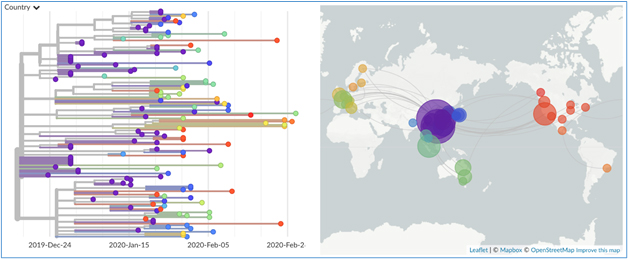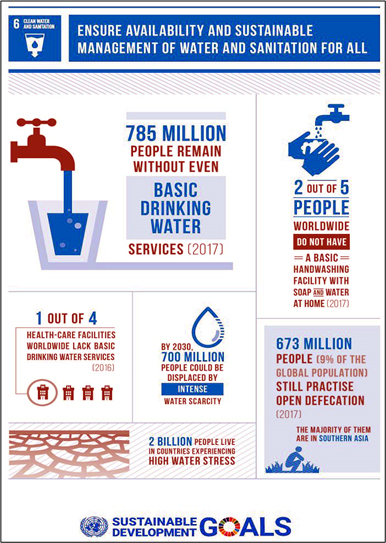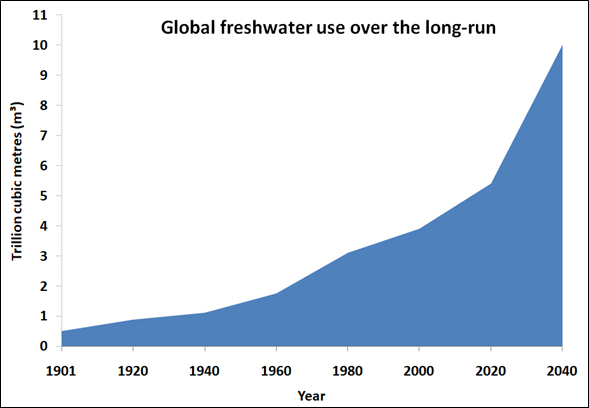Business incubators provide the support with advisory, administrative and technical services to facilitate the launch of a company, writes Dr. Saptarshi Chatterjee. Graphic: Saubhik Debnath
A student of zoology at Bangalore University in 1973, she failed to pursue two dreams of her own: going to a medical school and becoming a brew-master. But at the age of 25, she opened a company of her own, hiring a garage with a capital of Rs. 10,000 (less than 200 USD in today’s context) in the year 1978. The company is presently having a net worth of 4.2 Billion USD while the lady has established herself in the field of biotechnology being the richest self-made woman. She has been featured as ‘100 most powerful women’ by Forbes Magazine and ‘100 Most influential people in the world’ by Times magazine. The lady is none other than one of the greatest entrepreneurs of our time, Kiran Mazumdar-Shaw.
Most of us have travelled in ‘Ola’ and ordered food in ‘Zomato’. However, we seldom know that ‘Ola’ was founded in 2010 by Bhavish Aggarwal and Ankit Bhati, IIT Bombay alumni who are presently worth 6.6 billion. Similarly, Zomato was founded in 2008 by Deepinder Goyal and Pankaj Chaddah of IIT Delhi is one of the finest examples of successful start-ups. These stories are no exception. Many of the Indian students’ have selected the untraveled alternative route as a career path without prior business background and have become successful.
Expectation of Students: A paradigm shift – There has been a drastic shift in the expectation of students enrolling for various programmes at the undergraduate or postgraduate levels. The conventional thought of relying on placement cells has taken a back seat as most of the students aspire to grasp the skill-sets for acquiring jobs themselves. This has had a tremendous impact on the transition of the educational sector, in recent days. Further to this, students of reputed institutions are found to refute lucrative job offers of the corporate sector and initiate start-ups of their own. Putting their best effort to fulfill their own dream rather than contributing to fulfilling other’s dream has been the philosophy for most of them.
Global and National Scenario of Joblessness: Jobs have always been scarce compared to the knowledgeable and skilled workforce available. COVID-19 has shown a catastrophic effect on the economic scenario and job market probably more than the economic recession encountered earlier. According to the International Labour Organization (ILO), 1.6 billion informal economy workers have suffered damage to their capacity of livelihood. In India, the unemployment rate has risen to more than 27% creating a havoc impact on society. Reports of 27 million job loss, only during the lockdown, have further worsened the situation. Govt. jobs are scarce and difficult to get because of high competition. On the other hand, private jobs have poor job-security. Under these circumstances, jobs fail to attract the present generation of students, making the option of start-up more sought after.
Entrepreneurship: Entrepreneurship is referred to in the study as well as practice and process of starting a new business. Someone who has the ability or desires to initiate, administer, and succeed in a start-up business is called an entrepreneur. There are various types of entrepreneurship, a few of them are:
- Social Entrepreneurship: Establishment of start-up companies for societal benefit.
- Advertisement
- Technopreneurship: Integration of technology and innovation for entrepreneurship.
- Cultural Entrepreneurship: Applying cultural activities and cultural goods in generating economic opportunities
- Ecopreneurship: Development of an enterprise incorporating an environmentally responsible perspective into the operations and goals of the entrepreneur.
Business Incubator: A seed has every potential to develop into a plant only when it is nurtured in a proper environment. Similarly, business ideas require systemic nurturing and mentorship to grow into enterprise. Business incubators provide the support with advisory, administrative and technical services offered under the same roof to facilitate the launch of the company. This programmed nurturing accelerates the growth and success of the enterprise.
TBI: Technology led and knowledge driven enterprise serves as a backbone to the industrial growth of a nation. Technology Business Incubators (TBI) provides the new enterprise, exploring technological advances with an atmosphere congenial for their growth. Research & Development (R&D) becomes an integral part of TBI to address the demand of the hour in developing sustainable solutions through fast-track intervention. TBIs have become an integrated part of Higher Educational Institutions (HEIs) in today’s world to extend the benefit of technology to the society through entrepreneurship development.
Incubation Process: The products or services requiring business incubation especially the ones with technological innovation are screened through a stringent process mostly through competitive mode from Ideations, Hackathons etc. Innovation of product, market potential, feasibility etc. are key parameters for the evaluation process. The selected incubates are provided with the physical space to set-up offices and access to several facilities like meeting room, library and information center, cafeteria, labs etc. Most important contribution of an incubator for the start-ups include:
- Training on basic business model
- R&D support (based on availability/ priority area)
- IPR support
- Market survey
- Syndicating finance
- Legal and administrative set-up
A typical incubation process involves the following steps:
- Ideation: Develop idea/ solution for an issue/ problem through technological intervention
- Incubation and Prototyping: Nurturing of the idea, analyzing feasibility and market potential.
- Fund: Look for seed funding/ angel investors/ loan.
- Scale up: Grow the production/ business to the level of market
- Spin in/ Spin out/ Acquisition: Decide the strategy of business i.e. merger, acquisition, operate as stand-alone entity.
Support from Government: Government of India imparts strong support to create start-up ecosystems through various departments and programmes. INR 960 + Crore of funding has been provided for this purpose through various schemes. Handholding, funding and incubation are the three priority areas to aid the start-ups for a successful launch. 4100+ start-ups have benefitted in the last year through the central govt. schemes. Tax exemptions, legal support in IPR filing, rebate for filing patents, relaxed norms for public procurement, credit-guarantee scheme etc. are initiatives from the government for the start-ups. The Govt. of West Bengal has also initiated ‘Startup Bengal’ project to help small business enterprises and start-ups to make a mark in the business world.
Challenges: The path of entrepreneurship is not a smooth walk, rather has several hurdles to overcome before attaining success. The four major challenges faced by start-ups are:
- Funding: Receiving funds from bank, government, investors etc. as loan is a major challenge since it is highly competitive in nature. Moreover,
- Technology: Upgradation of technology is an important parameter that determines the success and sustainability of business.
- Market: Certain sectors of the market are volatile and unpredictable while unforeseen situations like the present pandemic have a huge impact on the market posing challenges to the start-ups as well as investors.
- Competition: Business is always competitive and has ups and down. Ability to withstand competition is always a challenge.
The road ahead: Several technology-oriented businesses have captured the market based on innovative products and services. Interestingly, most of them are initiated by young minds even before acquiring formal experience on business and holding no legacy of business. Incorporation of Information Technology (IT), Artificial Intelligence (AI), Machine Learning (ML), Biotechnology, Nanotechnology etc. in the curriculum at various levels of studies have created significant impact on the present generation to dream in establishing enterprise of their own, ignoring lucrative job offers.
Important Links
- https://www.startupindia.gov.in/content/sih/en/reources.html
- http://www.nstedb.com
- https://birac.nic.in
- https://www.makeinindia.com/home
- https://www.msde.gov.in
- https://www.startupbengal.in
The author is Assistant Professor of Microbiology at School of Life Science & Biotechnology, Adamas University. He is also serving as Associate Director: Incubation at Adamas University. He is a Ph.D in Microbiology from University of Kalyani and former Post-Doctoral Fellow at IISER Kolkata. He has 4+ years of teaching experience. Having 15 publications in international peer-reviewed journals, 2 book chapters and 2 patents to his credit, he participated in numerous national and international conferences in India and abroad. He is also a member of several professional bodies like Indian Science Congress Association etc.
This blog was first published by ABPEducation. Click here to read original article.









